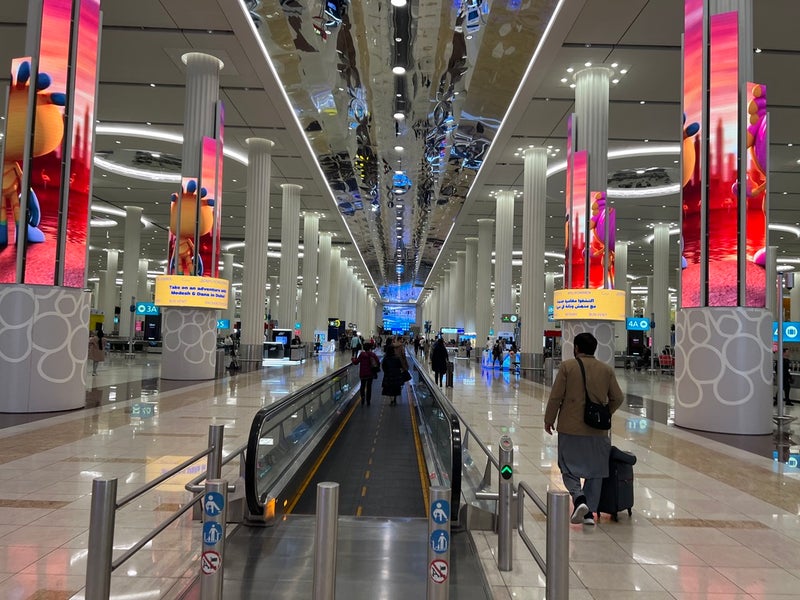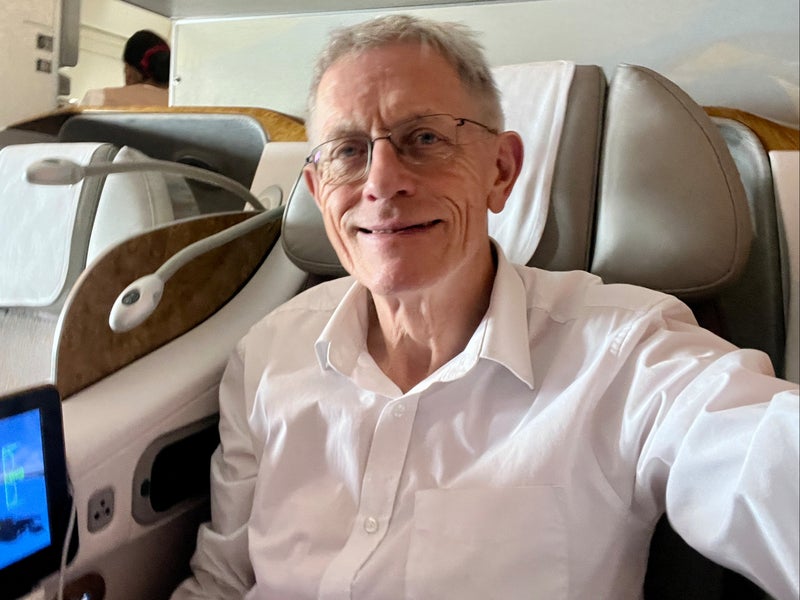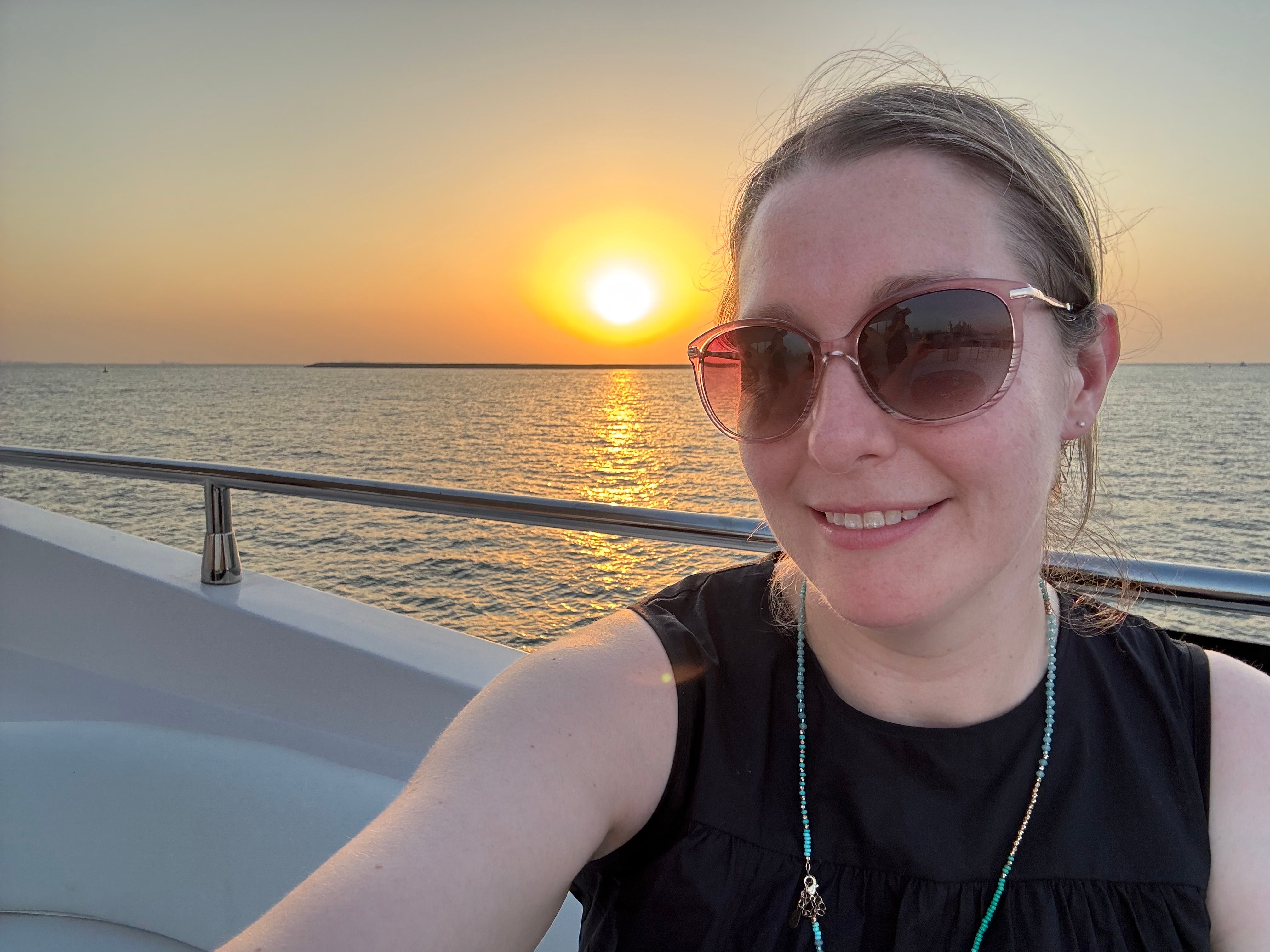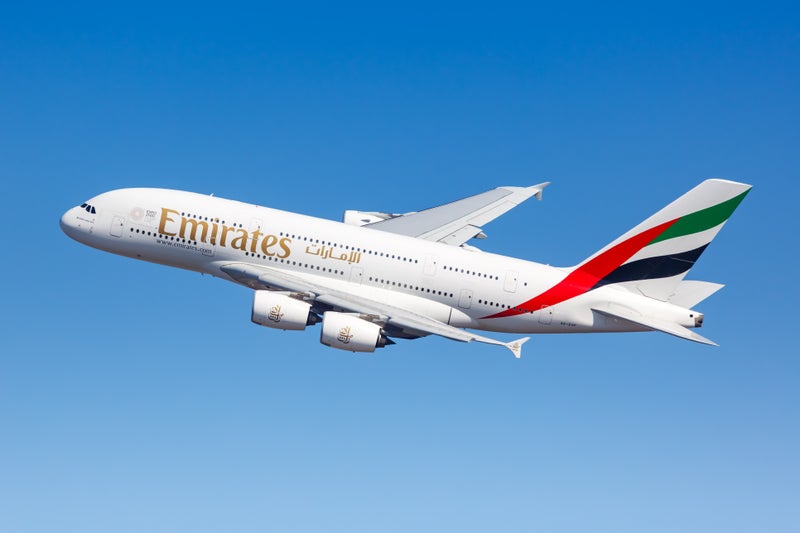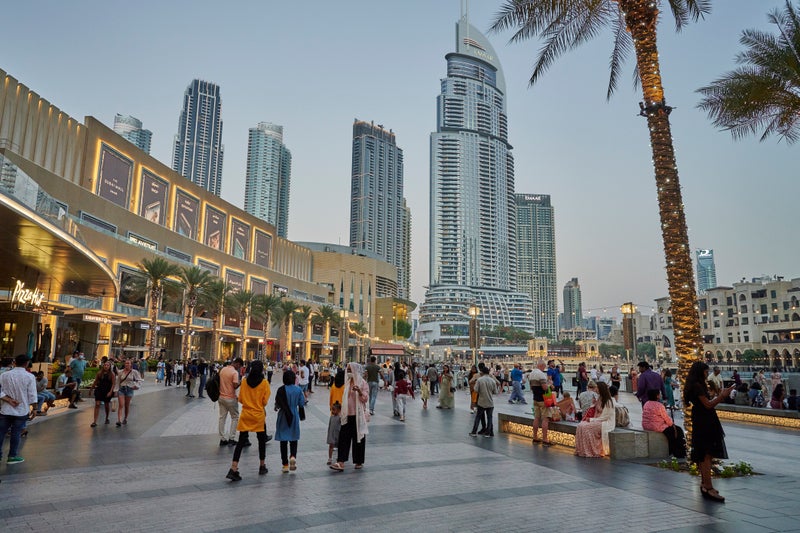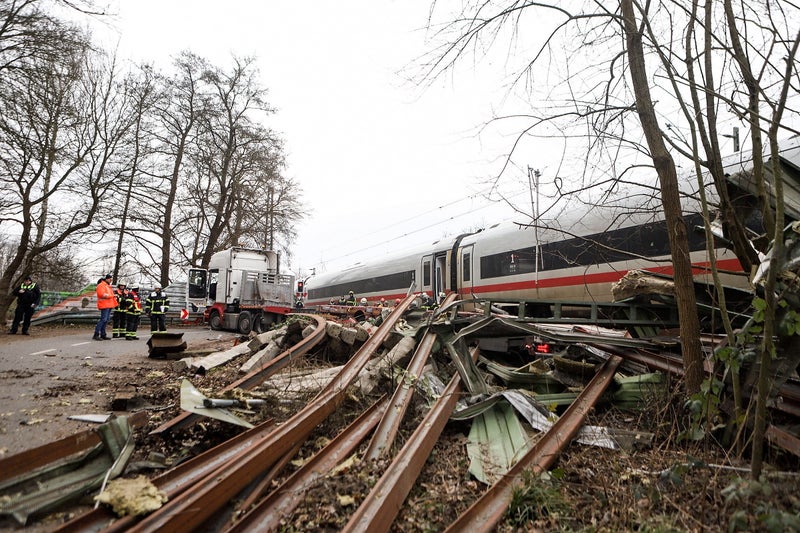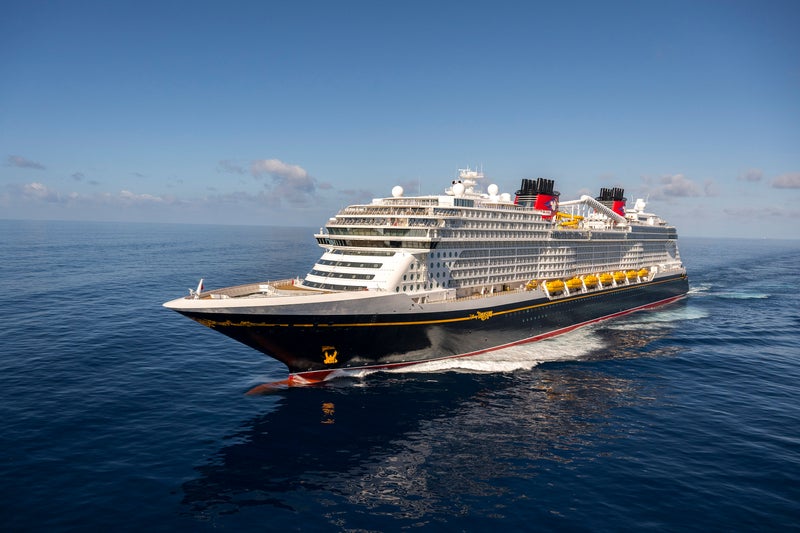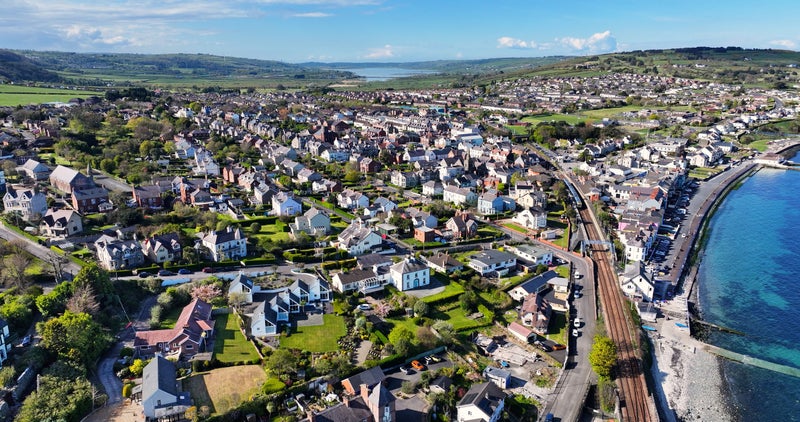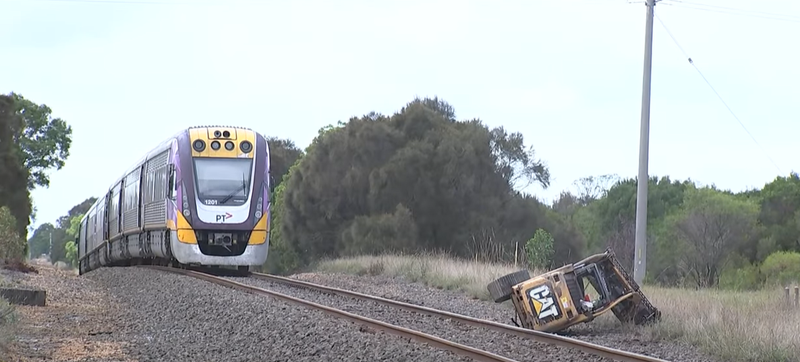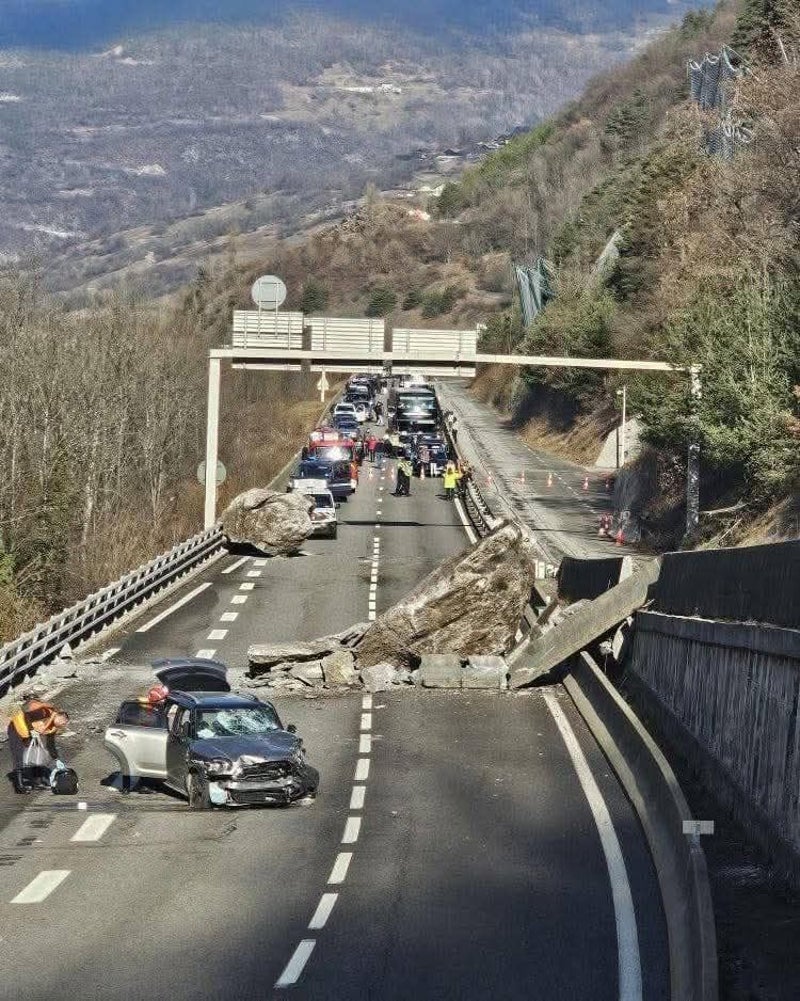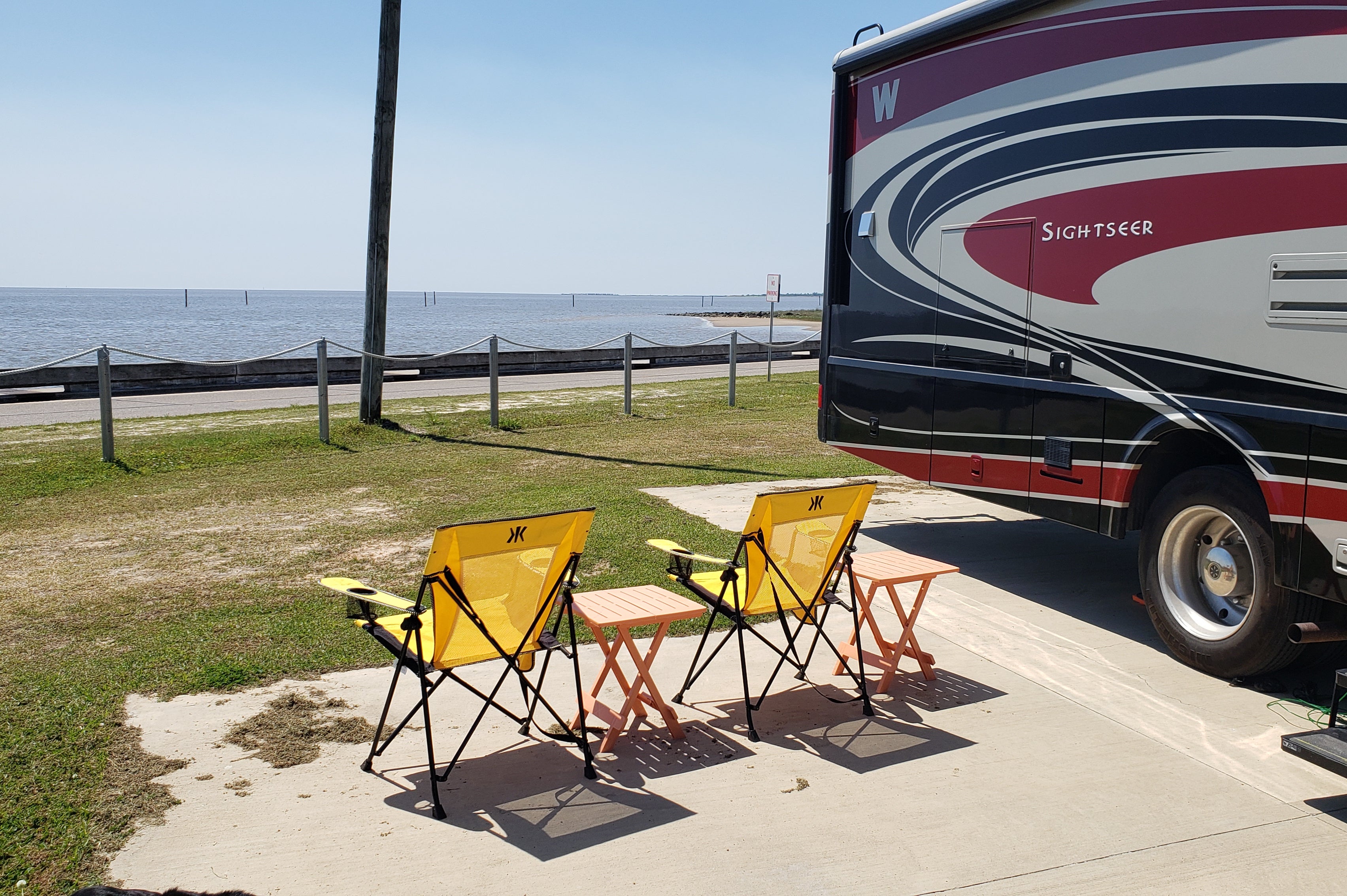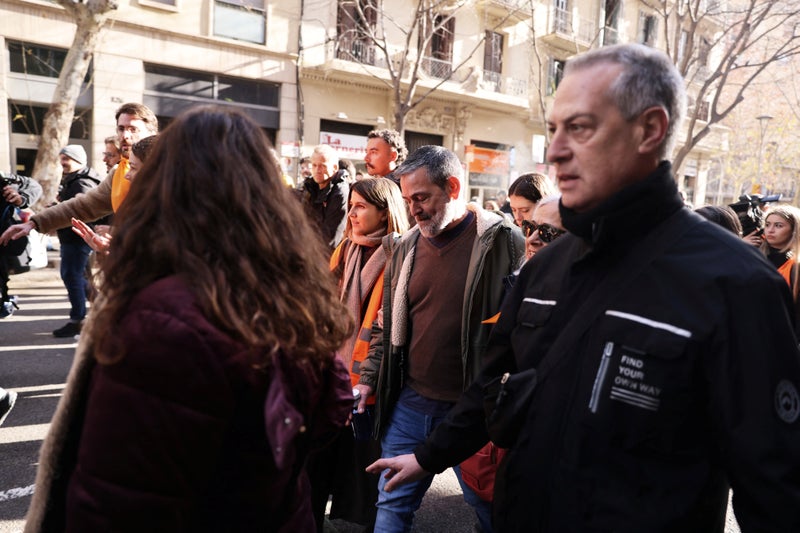Plane Talk: Dubai is a vast aviation hub, but once you master the flight connection principle it should be a breeze. “I have come late to long-distance flying,” writes Neil White. “Until now, all of my travel has been direct flights: great, get on and go. This year, myself and the wife have booked a trip to Mauritius – in place of Turkey. But this involves Emirates and a brief stopover in Dubai before continuing.
“Up comes the anxiety levels with questions such as:. For me, this is a seriously tricky thing. Surely I am not the only person. Help and advice welcome.”. As I am aboard an Emirates connection from Dubai to Birmingham right now, I feel attuned to Neil’s concerns. His questions comprise a salutary reminder that it is all too easy for frequent flyers like me to make the unreasonable assumption that changing flights is straightforward for everyone.
People who have better things to do than acquire a thorough understanding of aviation processes naturally need to know the fundamentals. Flight connections are complex. On an average day, a quarter of a million people fly in and out of Dubai airport, making it significantly busier than London Heathrow. So here are some answers and additional information. On a trip such as UK-Dubai-Mauritius, you should be able to check at the British departure airport for the complete journey to the beautiful Indian Ocean island. Your luggage will be tagged through to “MRU” (the code for Mauritius airport), and should be transferred at Dubai through the astonishingly sophisticated baggage system. And you should be given the boarding passes for both flights when you check in at the UK airport.
Unlike same-plane journeys such as British Airways or Qantas from London via Singapore to Sydney, you will need to change planes. Every Emirates flight to Dubai ends its journey there. Everyone gets off. Some passengers will be going no further than the city, and will follow the signs for arrivals. But most passengers will be in your position: changing planes for another destination. When you step off the plane and walk into the terminal, the first hurdle is the aviation security check. Your person and your baggage will be examined. This is the least agreeable aspect of changing planes in Dubai, so once you are through everything is easier.
You will find big screens indicating the gate number for your onward flight. All flights are shown in time order, and your boarding pass will show its departure time. If your connection does not appear on the screen (for example if you have a wait of several hours) then you should approach a member of Emirates’ ground staff for advice. All the gates are well signposted, except bizarrely for B10 in Terminal 3 (though you can track it down, predictably hidden between B8 and B12).
Make your way to the departure gate, perhaps pausing along the way for a coffee or some shopping if time permits. You will board the aircraft and about six hours later should be stepping into the tropical heat of your destination. Pick up your luggage and enjoy your holiday. Should your baggage have been delayed in transit, this will become clear on arrival in Mauritius. Talk to the Emirates representative at the airport so it can be sent to your hotel. And ask how much you are permitted to spend on essentials while you are waiting.
If a delayed departure from the UK means you miss your onward flight, that is Emirates’ problem, not yours. Ask when you will be flown to Mauritius. In the interim, you should be given meals and, if necessary, accommodation – together with transport to and from the hotel. Unless the airline can demonstrate that “extraordinary circumstances” were responsible, you will also be owed hundreds of pounds in cash compensation.
